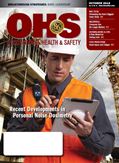
October 2018
- HEARING PROTECTION: Recent Developments in Personal Noise Dosimetry
- HEARING PROTECTION: Tips for Selecting and Ensuring Effective Hearing Protection
- INDUSTRIAL HYGIENE/IAQ: Environmental Probiotics: Creating Healthy Indoor Workspaces
- MATERIALS HANDLING: Making the Business Case for Ergonomic Materials Handling Lift Tables
- FOOT PROTECTION: Foot Injuries: Why They Matter and How to Avoid Them in Any Workplace
- NSC 2018 PREVIEW: Get Ready for the Year's Biggest Trade Show
- ERGONOMICS: Industrial Exoskeletons: What You're Not Hearing
- EMPLOYEE GIFTS & INCENTIVES: When It Comes to Safety, Size Shouldn't Matter
- DEFIBRILLATORS & CPR: Squad Goals: Moving the Needle on Sudden Cardiac Arrest Requires a New Model
- DEFIBRILLATORS & CPR: Could This Happen to You?
- PROFESSIONALISM: Ten 'Critical Traits' of Respected Field Safety Professionals
- TRANSPORTATION SAFETY: OSHA and DOT Laws -- Which Apply to Facility and Operations and When?
- FACILITY SAFETY: Playing It Safe
- FACILITY SAFETY: Just What the Doctor Ordered
- RISK MANAGEMENT: The Economics of Workplace Safety
- CONTRACTOR MANAGEMENT: The Partnership Imperative: Working Together to Improve Contractor Safety Compliance
Cover Story
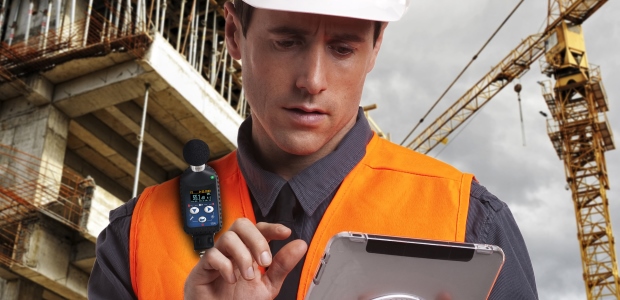
By Bob Selwyn
Modern noise dosimeters are small, lightweight, feature multiple virtual instruments, and have many useful options to better describe the complete hazard during the worker's shift.
Features
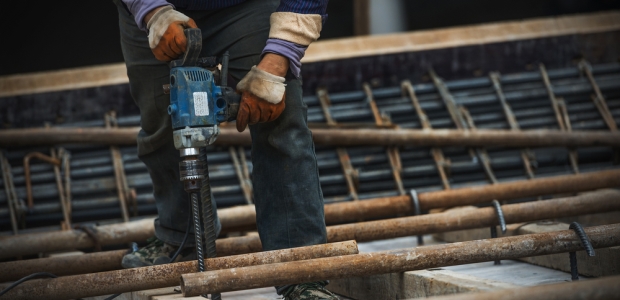
By Marcus Pettus
Rather than taking a punitive approach, you can make safety compliance a win-win for everyone involved.
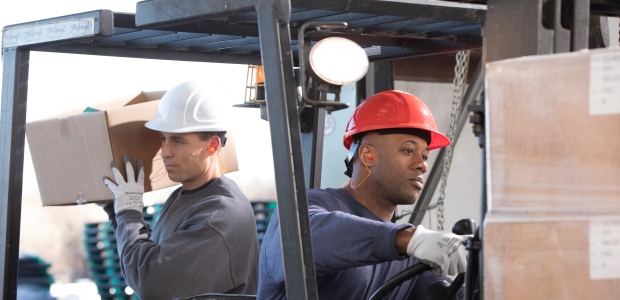
By Lisa Steckert
A key to ensuring effective protection is fit testing. Fit testing evaluates noise and provides workers an accurate reading of their hearing protection effectiveness.
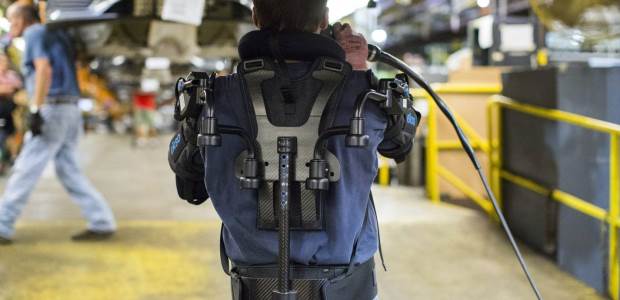
By Blake McGowan
Hold on a bit longer until the capabilities of these devices match our expectations to improve human performance and reduce MSDs.
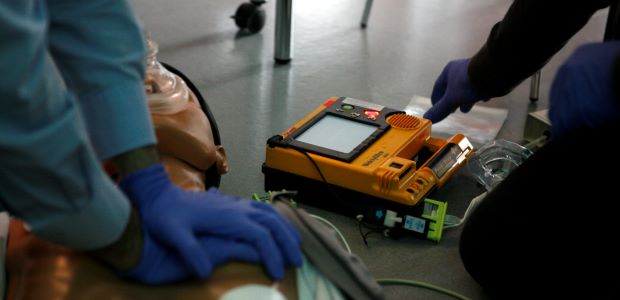
By Dave Tobin
When a CPR/AED plan is in place and practiced, a person suffering cardiac arrest will receive care from trained individuals and teams working to save a life.
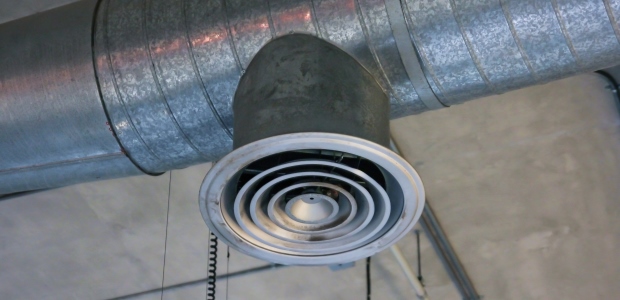
By Taly Dery
It is sensible that businesses and institutions should invest in programs to reduce the presence of harmful microorganisms.
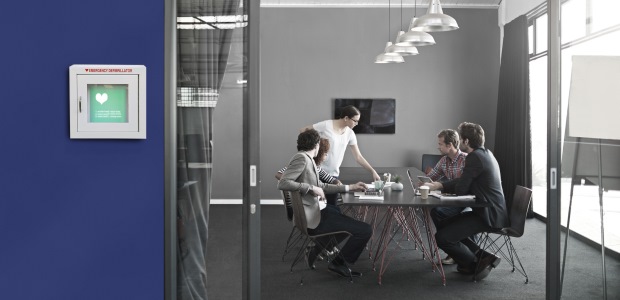
By Richard A. Lazar
A volunteer "SCA responder squad" is needed to ensure someone is almost always nearby who feels ready and willing to help.

By Brian Galonek
Technology has made parity achievable. Small and large companies can take comfort in knowing that, when it comes to worker safety, company size need not matter.
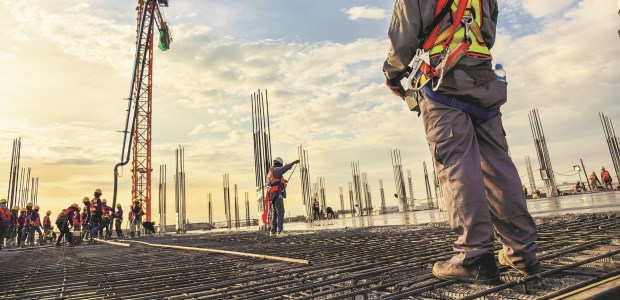
By Dr. Kevan Orvitz
Supportive footwear with added comfort and shock absorption can prevent injury, illness, and fatigue.

By Bruce Bolger
It should be noted that even if you are not a new safety professional and have been in the organization for years, it is never too late to change your approach.
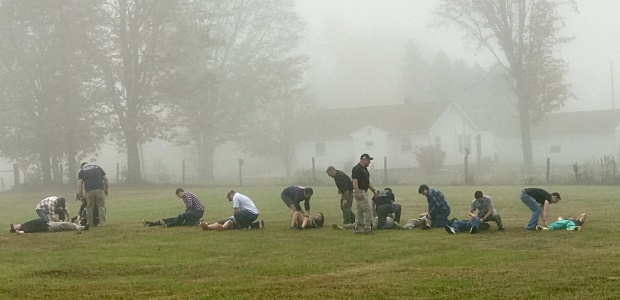
By Thomas Renner
U.S. businesses, schools, and even churches are preparing themselves for proper response to active shooters.
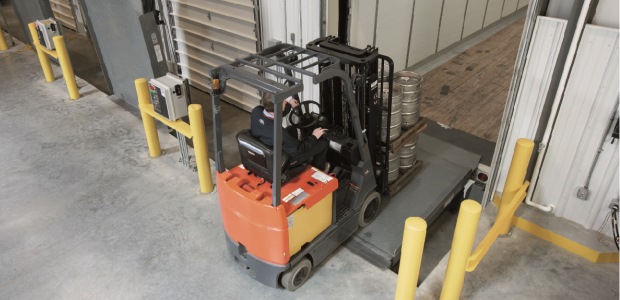
By Gerry Timms
Planned maintenance can boost safety, increase efficiency, and lower long-term costs.

By Todd B. Logsdon
Employers and safety professionals must know which particular law applies to the specific "working conditions" and hazards in order to be in compliance.
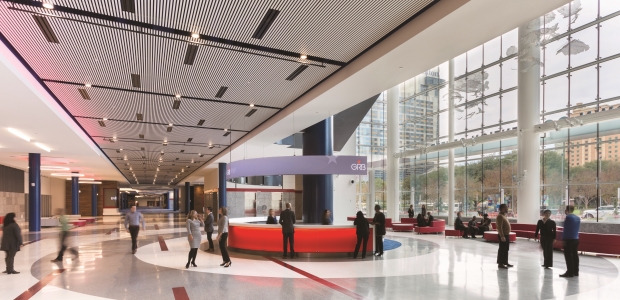
By Jerry Laws
Houston’s George R. Brown Convention Center is the site for this year's NSC Congress & Expo.
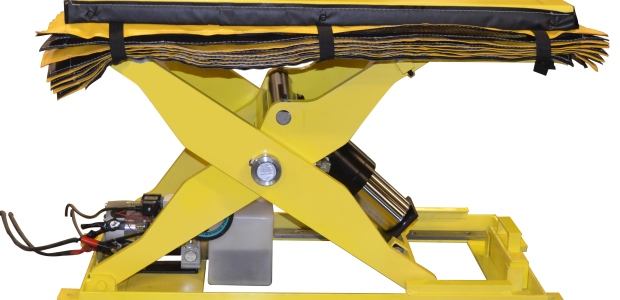
By Thomas R. Cutler
The business benefits of ergonomics extend beyond the management of musculoskeletal disorders.
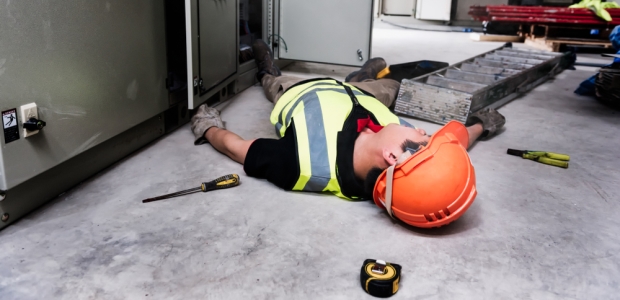
By R. Todd Swinderman
Numerous case studies revealing the positive relationships between safety and productivity are backed up by organizations that gather global statistics on accidents and incidents.
Departments
By Jerry Laws
Robots are most useful for highly repetitive work or tasks done where it's physically unsafe for a human worker to be.
By Brian Pater, Robert Pater
We've seen how numerous companies have been able to greatly "Shake" up mediocre performance and culture through trained "Peer" Safety leaders, even without positional power.